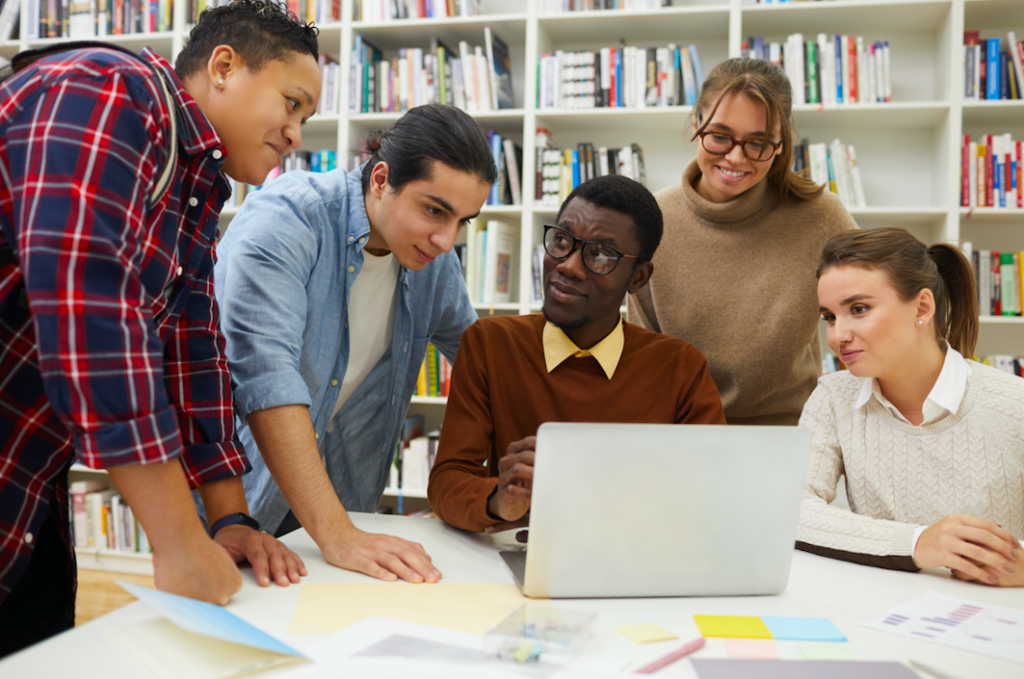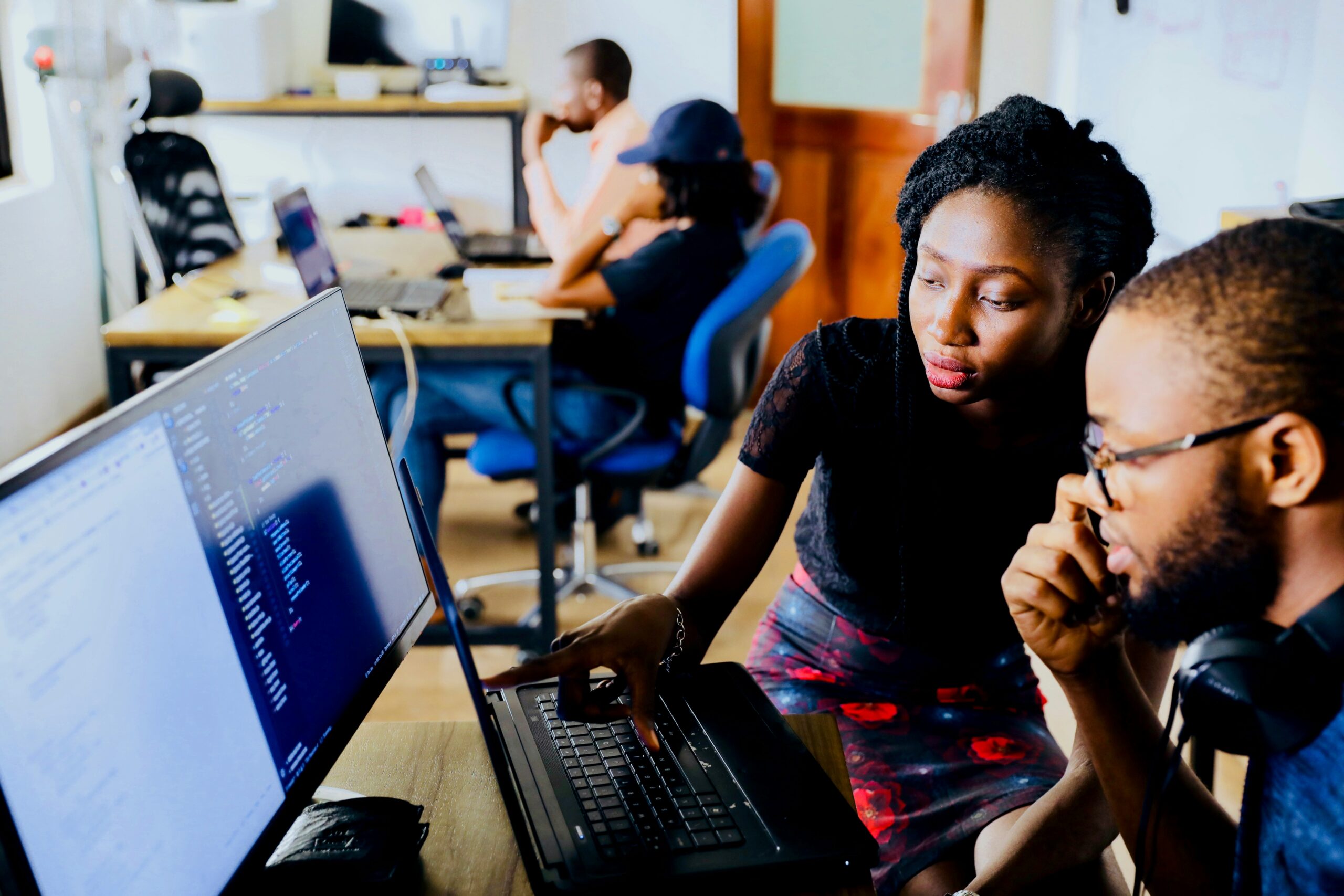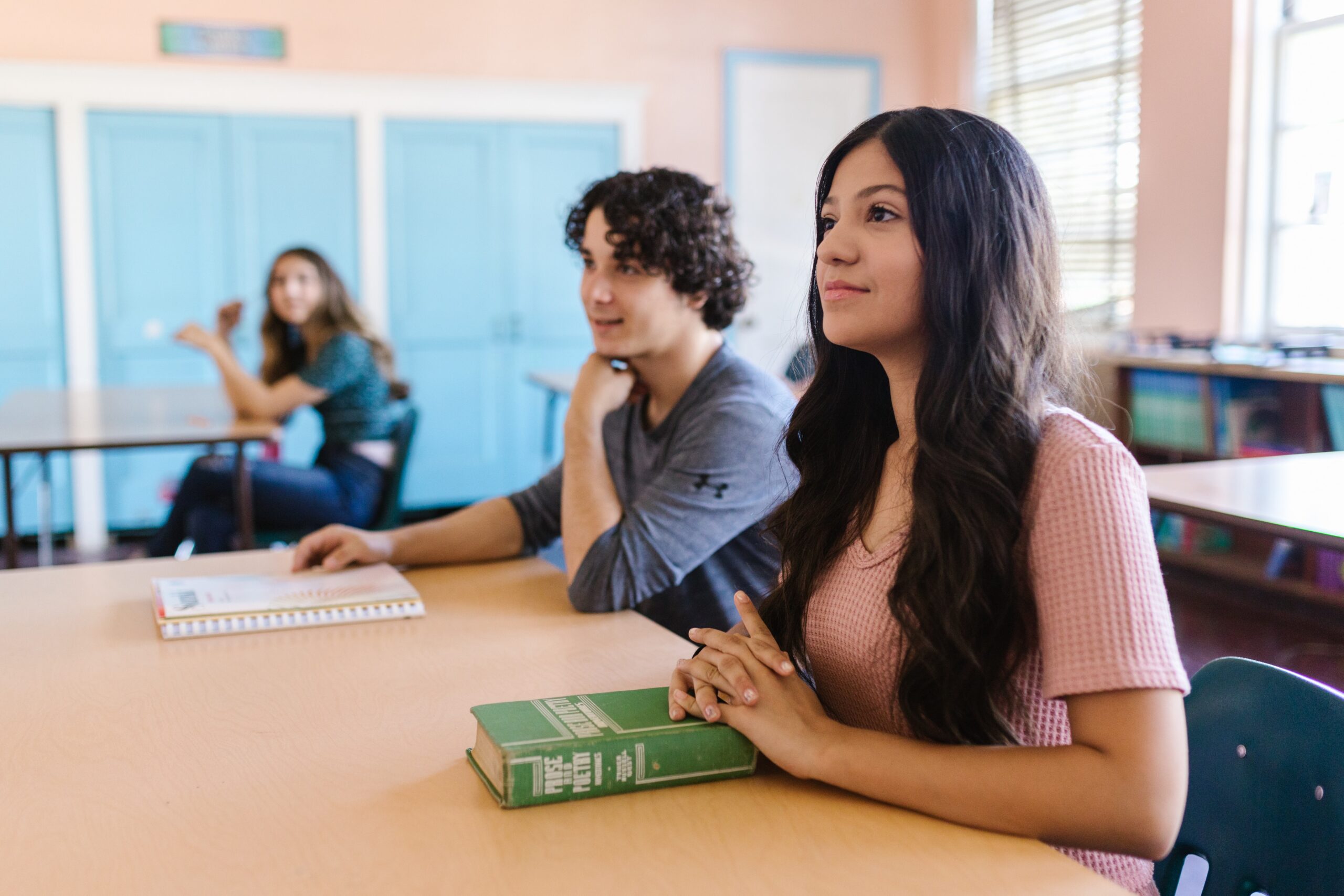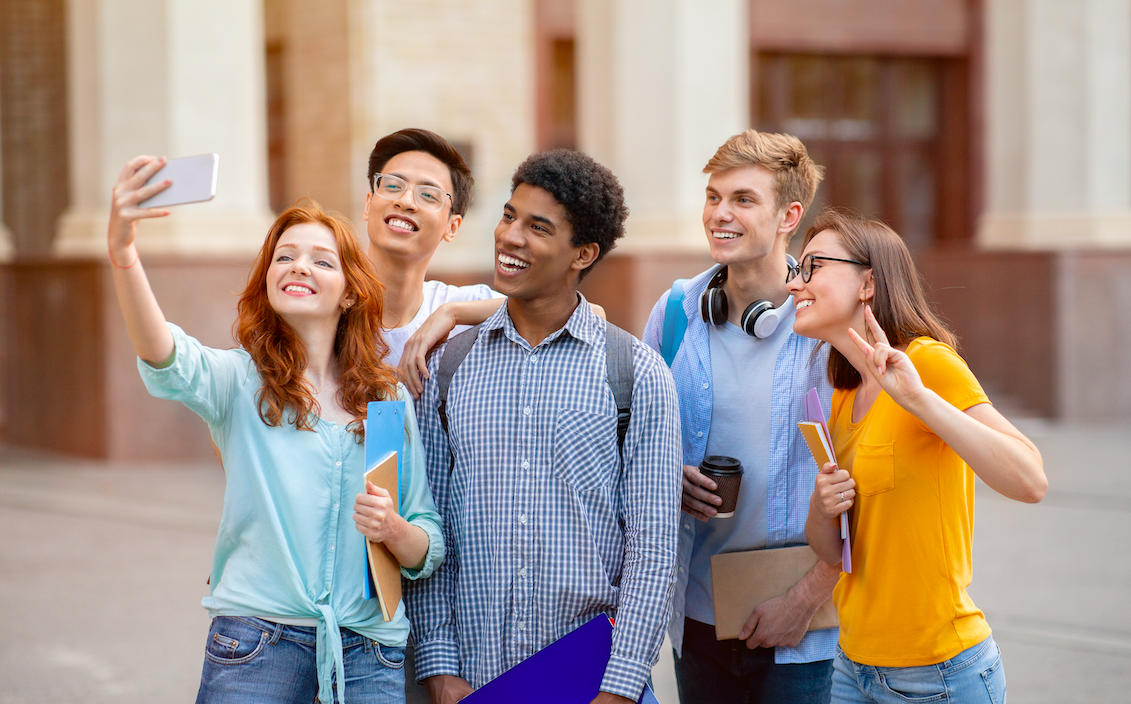
Who Wins When Social and Emotional Learning Meets Real Life?
By: Tim Elmore
In times like these, we can all use some good news. This past year, 2020, was quite a year, complete with a pandemic, protests, political polarization, pay reductions, and panic attacks. A friend told me on November 1 (when we switched to standard time) that he didn’t set his clocks back. The last thing he needed, he said, was an extra hour of 2020.
So, what’s the good news?
It’s always good news when a school adapts to the times in order to help an entire community make progress. In a time when thousands of schools are in survival mode, focusing only on ensuring that academic scores keep up, one school in Sanger, Texas, chose to get everyone involved to solve a community problem and to solve its own problem at the same time.

It Started with an Idea and a Store
At the suggestion of a non-profit organization, Linda Tutt High School decided to place a grocery store on campus that did not accept cash. It operated on a point system, where students could earn points for positive office referrals, cleaning up school grounds, and other good deeds. Anthony Love, the school’s principal, explained why it was created. “It’s not something you see every day in a school building,” he said. “A big part of it is about empowering our students because many of them come from low socioeconomic families that need just a little extra support with food.”
So many good things happen when people decide to solve problems creatively.
Clearly, Principal Love has more on his mind than test scores. In fact, he knows that until you pay attention to the emotional, physical, and mental needs of your students, academics can feel irrelevant. He’s focusing on social and emotional learning, and it’s paying off for everyone.
Let me illustrate how this store works.
1. Students learn job skills and valuable social and emotional competencies.
When the store was opened on campus, it was an instant opportunity for teens to gain work experience. Part of its genius is only student volunteers work as team members to make sure they gain employability skills as well as develop social and emotional literacy.
2. Families and kids in need are helped amidst the pandemic.
The store aims to address food insecurities for students and others in the community during the ongoing pandemic. It is open Monday through Wednesday for students and staff in the school district. The food is funded by a grant from Texas Health Resources.
3. Positive behavior is encouraged over negative behavior.
Instead of paying for groceries with cash, students can get food items for their families through positive conduct and service projects on campus and in the community. Each action is worth points that can be used to purchase the products their families need.
4. Several organizations collaborated, enabling everyone to achieve more.
It started when the non-profit First Refuge Ministries approached Principal Love with the idea. Together, they applied for a grant from THR and got help from Albertson’s supermarket. The school also partnered with the BackPack Program that provides food for kids on the weekends.
5. Young people learn ownership as the entire project relies upon them.
The store is entirely student-run, with kids doing everything from stocking the shelves to tracking the inventory to managing the point system for purchases. Teens gain experience, practicing metacognition, and assuming responsibilities normally given only to adults.
6. The community wins as people volunteer and others benefit from that service.
Because the store is open Monday through Wednesday to students and on Tuesday nights, the public can utilize the grocery store via curbside pickup with the help of volunteers. The size of the family determines the number of points kids receive at the store.
I believe this is what school should be about: career preparation and life transformation.
At Growing Leaders, we believe social-emotional learning is critical. But not just for a discussion in a classroom so a teacher can check a box. We want to see students learn these skills so they can change the world, starting with themselves. We want to see teens changed from the inside out so they can turn their world upside down. Just like Principal Anthony Love.
When students actually apply the SEL competencies, they learn not only to manage their own anxieties better, but they also learn to look outwards at the needs of others and to serve others as part of their own health and development. And Linda Tutt High School is living proof of this. The students who serve in the store are growing socially and emotionally, and everyone wins. The fact is: part of our own recovery from this year is to serve others in their recovery process. King Solomon wrote 3,000 years ago, “He who waters will himself be watered.”
If you’re looking to become more effective at teaching social and emotional learning with a bias for action and service, I suggest you check out Habitudes for Social and Emotional Learning (Habitudes are images that form leadership habits and attitudes). The courses leverage images, conversations, and experiences to teach SEL competencies. CLICK HERE to see a sample.






